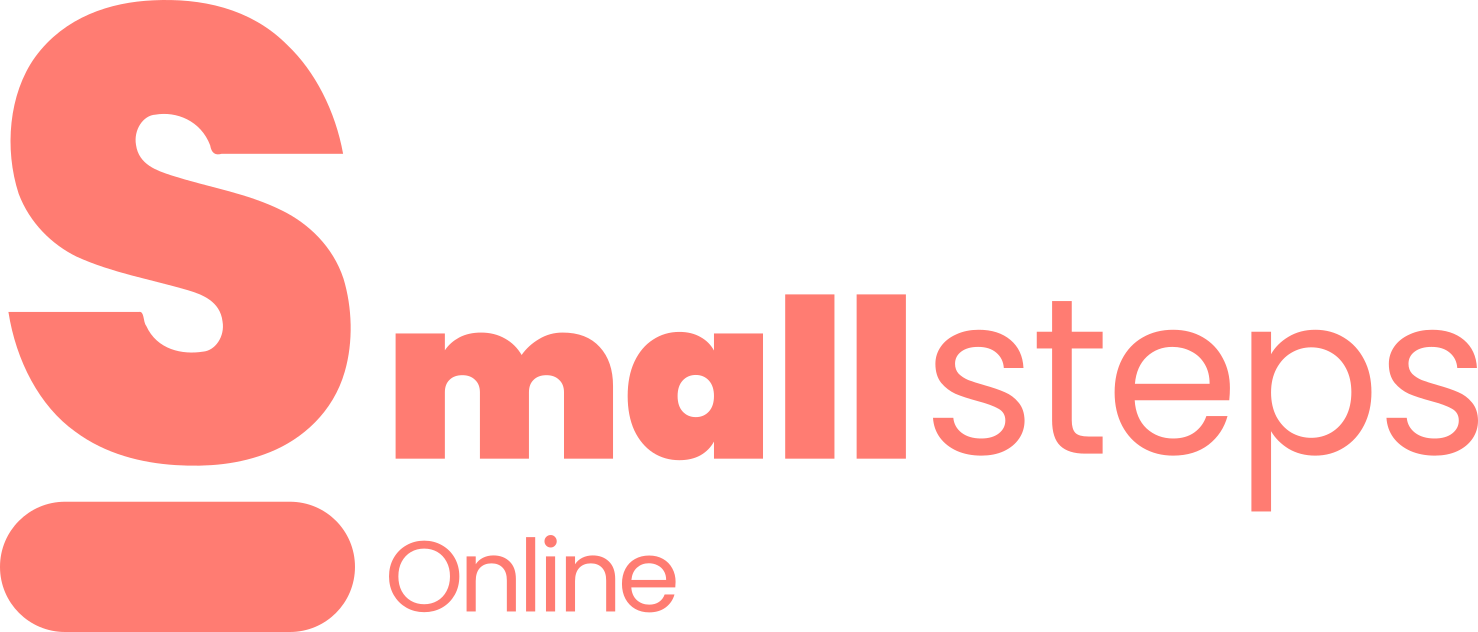What Is EMT-DS?
When combined with EMT-DS strategies, AAC can look like this:
EMT-DS is a naturalistic approach to language development. Instead of drilling words or practicing in isolated sessions, it uses everyday moments such as play, meals, reading and routines as language-learning opportunities.
In the study, parents learned four key strategies:
1. Matched Turns – Think of it as a conversation, even if it’s babbles or gestures. Wait for your child’s sound, look, or action, and then respond.
2. Expansions – Add a little more to what your child says. If they say “ball,” you reply, “Yes, a big red ball!”
3. Time Delays – Instead of jumping in right away, pause and wait. These little moments encourage your child to take the lead.
4. Milieu Teaching Episodes – Create natural opportunities for communication. For example, hold up a toy and wait. If your child gestures or vocalizes, respond by labelling or expanding: “Yes, truck!” Many families also used AAC supports—like simple signs, gestures, or picture symbols—to give their child more ways to communicate.
Adding AAC Supports to EMT-DS
In the study, many families also used AAC (Augmentative and Alternative Communication) supports alongside speech. AAC isn’t meant to “replace” speech—it’s about giving your child more ways to communicate while speech is still developing. For toddlers with Down syndrome, having multiple communication options often reduces frustration and helps them practice the back-and-forth rhythm of conversation long before they’re able to use many words.
Here are some common AAC supports you can use at home:
- Simple Signs: Using baby sign language or Makaton-style gestures for common words like eat, more, ball, help, and mama. These gestures help your child express needs clearly and are often easier to produce than speech.
- Gestures & Body Language: Waving, pointing, reaching, or nodding are all valid communication attempts—treat them as words by responding warmly.
- Picture Symbols or Communication Boards: A simple board with pictures of favourite toys, foods, or daily routines can give your child choices (“banana” vs. “yogurt”) and open the door to interaction.
- Voice-Output Devices (when ready): Some families introduce simple AAC apps on a tablet. Even a single button that says “more!” when pressed can be empowering.
When combined with EMT-DS strategies, AAC can look like this:
- Expansion with a Sign: If your child signs “ball,” you expand: “Yes, big ball!” while holding the ball and saying the word aloud.
- Time Delay with a Picture Card: At snack time, hold up two cards (apple and banana). Wait for your child to look, point, or vocalize before responding: “Yes, banana!”
- Matched Turns with a Gesture: If your child waves or points at a toy, you respond with the same gesture and add words: “Yes, the truck! Vroom!”
The key takeaway is this: AAC and speech work together. Using AAC early gives your child a voice, builds confidence, and often supports spoken language development rather than holding it back.
How to Set Up for Tele-practice Success
If you’re joining therapy sessions online or practicing strategies at home, a little preparation helps:
- Device setup: Use a laptop or tablet on a stable surface instead of holding your phone.
- Lighting & sound: Soft lighting and a quiet space make it easier for both therapist and child to see and hear clearly.
- Child’s space: Position the screen at your child’s eye level and remove distractions like background TV.
- Materials handy: Keep a basket of favourite toys, books, and AAC supports (like sign charts or devices) within easy reach. This way, sessions feel natural, and you’re ready to jump into practice when opportunities come up.
Try a 10-Minute “Language Burst” at Home
Between guided therapy sessions, short, playful practice moments can keep momentum going.
Here’s a simple routine inspired by EMT-DS:
1. Matched Turn Play (3 minutes) - Choose a favourite toy (like blocks). When your child makes a sound or movement (“ba!”), pause and then respond warmly: “Yes, block—ba!”
2. Expansion Moment (3 minutes) - If your child says “car,” respond with more: “Yes, the car is going fast! Vroom!”
3. Time-Delay Play (2 minutes) - Hold out a toy and ask, “Want ball?” Then pause. Even if your child just looks at you or reaches, celebrate and hand it over.
4. Natural Teaching (2 minutes) - At snack time, show a banana and ask, “What is this?” Wait, then say, “Banana—yum!” while signing or gesturing. These mini “bursts” fit easily into your daily rhythm and help your child see communication as rewarding and fun.
Why This Matters
The 2024 pilot study showed that parents could learn and sustain EMT-DS strategies with coaching. Even six weeks after training, families continued using them, and toddlers were showing gradual increases in:
- Using more words and signs
- Communicating more consistently
- Taking more turns in back-and-forth play
This reinforces what Small Steps Online always emphasizes: parents are the most powerful language partners and true early intervention, and development starts at home. When you respond, expand, and pause during everyday moments, you’re giving your child rich, meaningful input that supports long-term communication.
What You Can Expect
By weaving EMT-DS into your routines, you may notice:
- More back-and-forth interactions, even during simple activities like stacking blocks or eating a snack.
- Natural language growth, without needing to carve out “extra time” for therapy.
- Confidence for both of you—you’ll feel equipped to guide, and your child will feel empowered to share their voice.
Final Thoughts
Speech therapy doesn’t have to be confined to a clinic. With tools like EMT-DS, your everyday moments—rolling a ball, sharing a snack, reading a book—become powerful opportunities for language learning. And the best part? You don’t need to be a speech therapist. With a little coaching, patience, and practice, you’re already your child’s best teacher.
Reference: Roberts, M. et al. (2024). Hybrid telepractice of Enhanced Milieu Teaching for toddlers with Down syndrome: a pilot study. American Journal of Speech-Language Pathology. Available at PubMed.
Read the full article here:
Disclaimer: The information provided on Small Steps Online is for educational purposes only and is not a substitute for professional medical, therapeutic, or developmental advice. Always consult with qualified healthcare providers, therapists, or relevant professionals regarding your child’s specific needs and situation. The September Institute and Small Steps Online are not liable for any outcomes resulting from the use or misuse of the information shared here.


